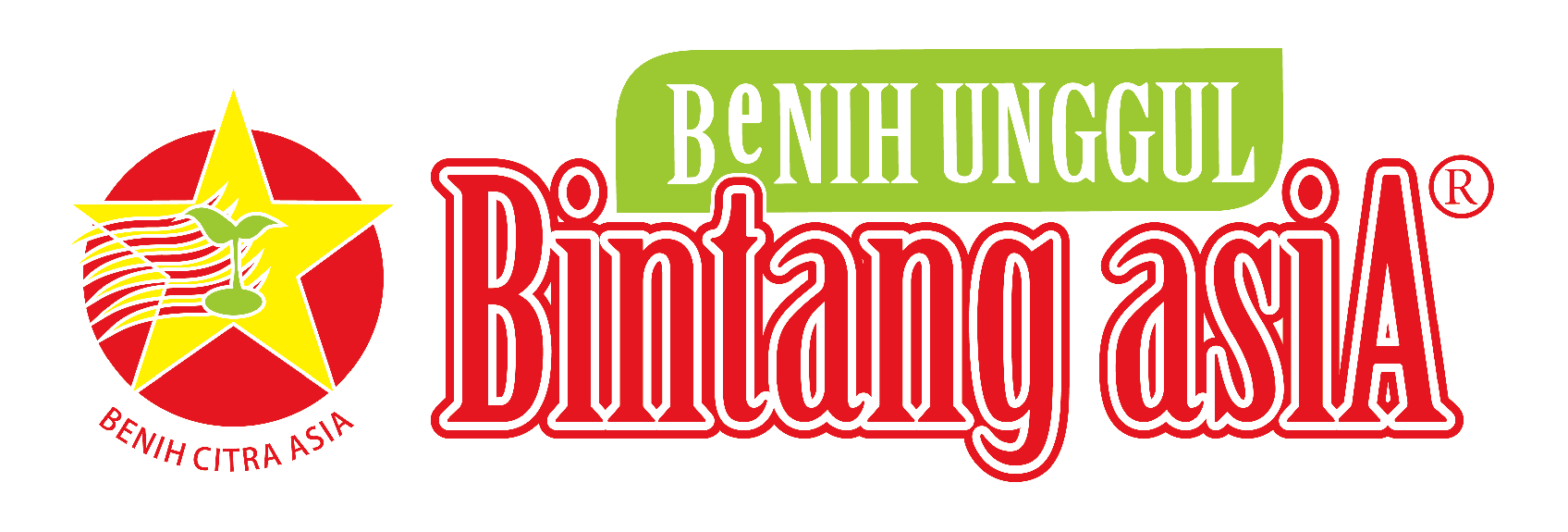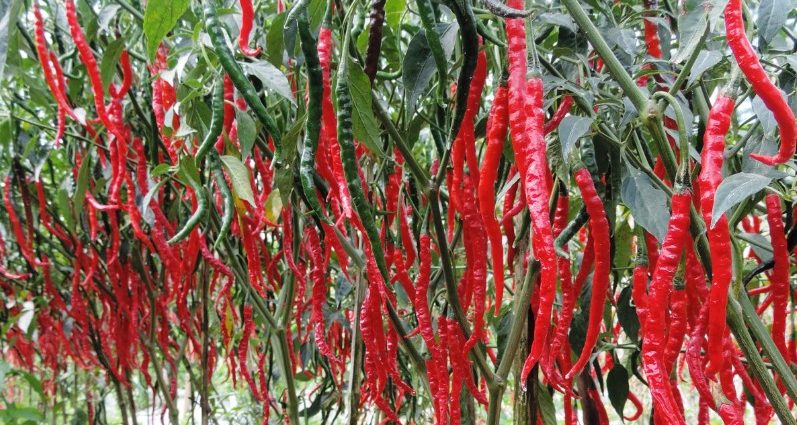Curly chili peppers—also known as cabe keriting—are among the most popular chili varieties in Southeast Asia due to their spicy kick, unique twisted shape, and high market demand. Luckily, tropical climates provide a naturally suitable environment for their growth. But to get the best results, farmers and home growers need more than just the right weather—they need smart farming practices.
This article uncovers the top secrets to cultivating curly chili peppers successfully in tropical regions, from seed selection to harvest.
1. Start with the Right Seeds
High-quality seeds are the foundation of a productive harvest. Choose hybrid or local seed varieties that are:
-
Disease-resistant
-
Suitable for high humidity
-
Proven to thrive in your region
Pro tip: Buy seeds from reputable suppliers and test germination rates before mass planting.
2. Prepare Well-Drained and Fertile Soil
Curly chilies prefer slightly acidic soil with a pH of 5.5–6.8. In tropical areas with heavy rainfall, proper drainage is crucial to prevent root rot.
Tips for preparing soil:
-
Use raised beds or mounding systems to improve drainage.
-
Mix compost or decomposed manure for organic matter.
-
Add dolomite if your soil is too acidic.
3. Mind the Timing: Plant in the Right Season
While tropical climates allow year-round planting, the ideal season for chili farming is during the transition from rainy to dry season, when water is still available, but disease pressure is lower.
In Indonesia, for example, May to July is often the perfect planting window.
4. Spacing and Planting Techniques
For optimal air circulation and sunlight exposure:
-
Space plants 50–60 cm apart
-
Plant in rows 60–70 cm apart
-
Transplant seedlings after 3–4 weeks of germination
Plant early in the morning or late afternoon to avoid transplant shock from high heat.
5. Consistent Watering and Mulching
Tropical heat can dry out soil quickly. Water your plants 2–3 times a week, depending on weather conditions. Use mulch (straw, leaves, or black plastic) to:
-
Retain soil moisture
-
Suppress weed growth
-
Regulate soil temperature
6. Pest and Disease Management
High humidity makes curly chili crops prone to fungal infections and pests like aphids, mites, and fruit borers.
Preventive measures:
-
Rotate crops every season
-
Avoid overhead watering
-
Use neem oil or organic pesticides
-
Regularly inspect leaves and fruits for early signs of damage
7. Pruning and Fertilization
To boost productivity:
-
Prune side shoots early to focus growth on the main stem
-
Apply organic fertilizer (like compost tea or fish emulsion) every 2–3 weeks
-
Use NPK (15:15:15) fertilizers during the flowering stage
Balance is key—over-fertilizing can lead to lush leaves but fewer fruits.
8. Harvesting at the Right Time
Curly chili peppers are typically ready for harvest around 75–90 days after transplanting. Look for:
-
Bright red color
-
Firm and curly texture
-
Full size (usually 10–15 cm long)
Harvest regularly to encourage more fruiting and avoid overripe fruits on the plant.
Conclusion: Turn Your Tropical Land into a Chili Goldmine
Growing curly chili peppers in tropical climates is not just possible—it’s a profitable venture when done right. By following these secrets—selecting the best seeds, preparing the right soil, using smart watering, and managing pests—you can enjoy healthy plants and abundant harvests.
Whether you’re a backyard gardener or a full-scale farmer, remember: success in curly chili farming comes from attention to detail and a passion for the process.


